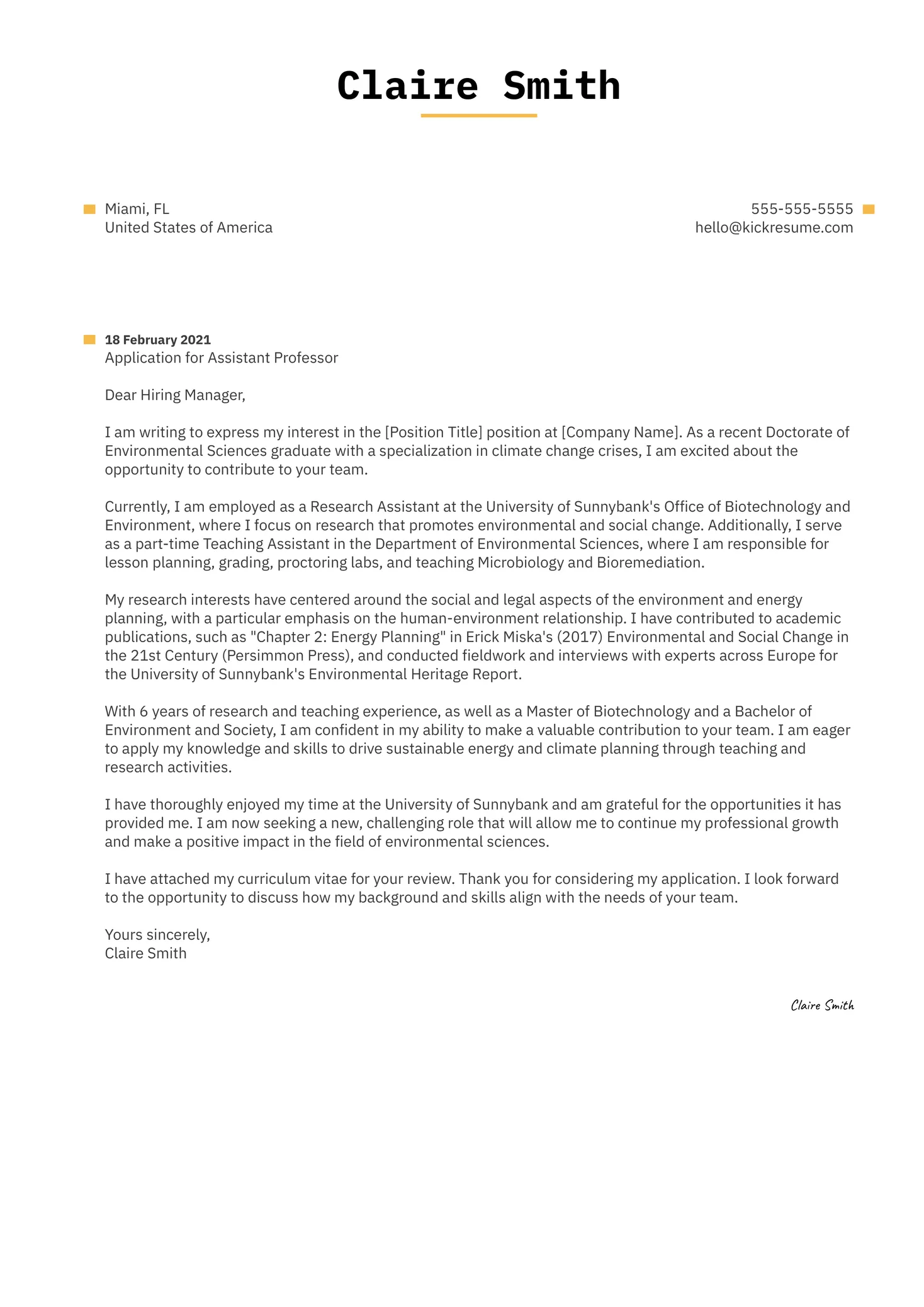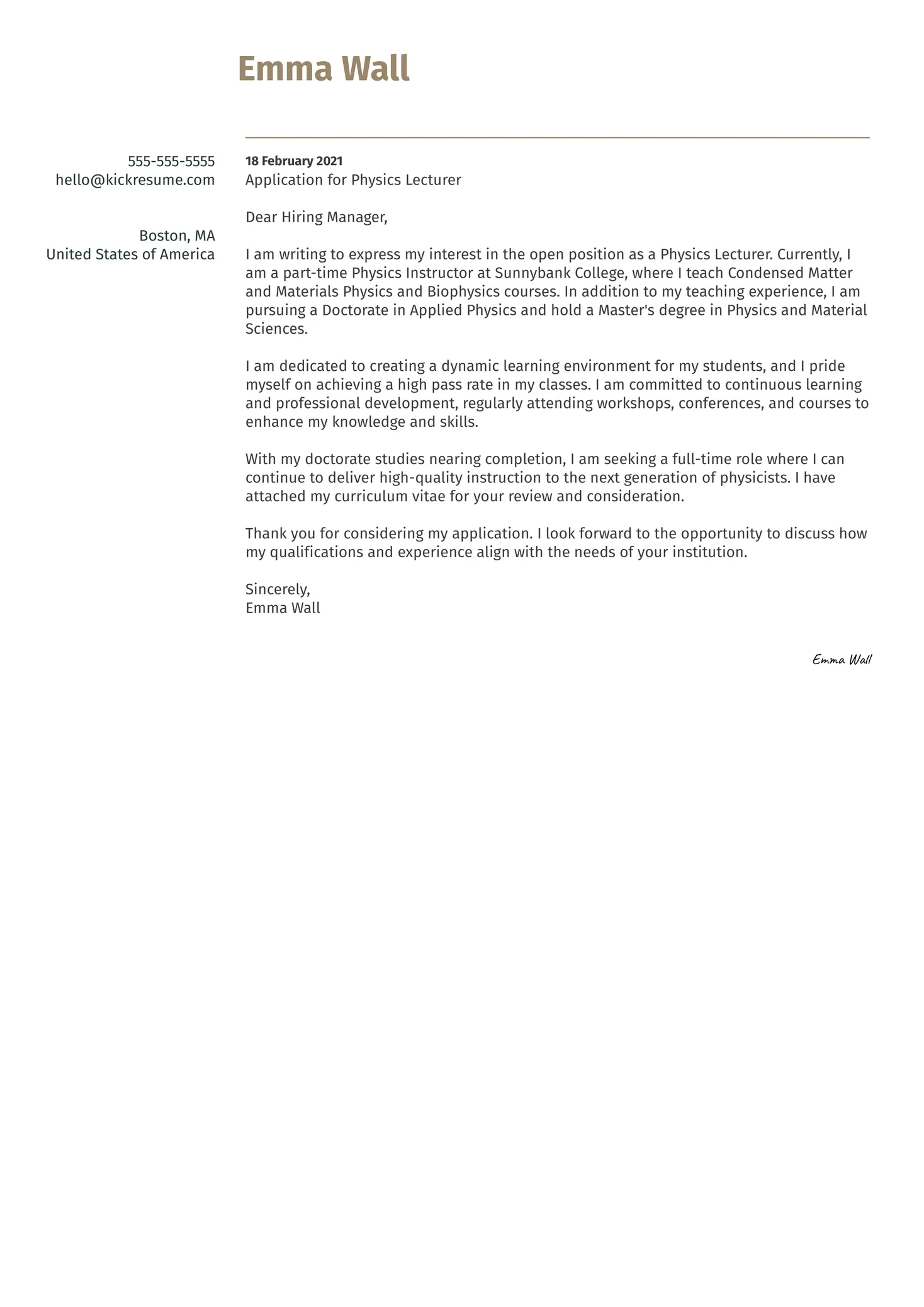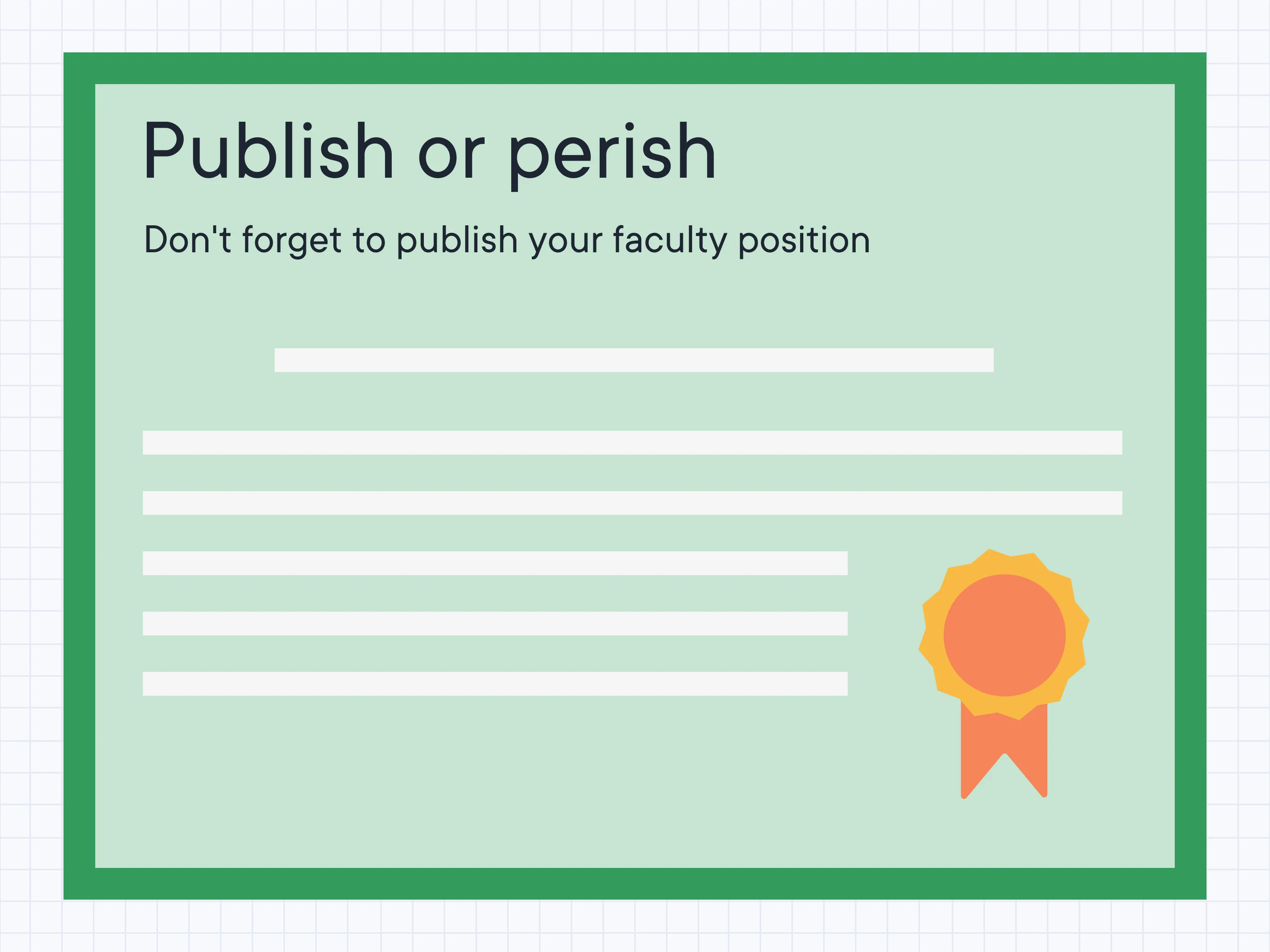Understanding the Faculty Cover Letter
A faculty cover letter is more than just a formality; it is your first opportunity to make a strong impression on the search committee. It’s your chance to introduce yourself, highlight your qualifications, and demonstrate why you are the perfect fit for the position. Unlike cover letters for industry jobs, faculty cover letters need to reflect your academic identity. They should showcase your research, teaching philosophy, and service experience. Understanding the nuances of this type of letter is the first step toward crafting a compelling document that increases your chances of getting an interview. Your goal is not just to list your accomplishments but to tell a story, connecting your past experiences to the specific requirements and aspirations of the hiring institution.
Key Components of a Faculty Cover Letter
A successful faculty cover letter typically includes several key components. Start with a clear introduction stating the position you are applying for and where you saw the advertisement. Briefly mention your area of expertise and your overall qualifications. The body of your letter should then delve into your research experience, teaching abilities, and fit with the institution’s mission and values. Make sure to include your research accomplishments, such as publications, grants, and presentations. When describing your teaching experience, discuss your teaching philosophy, courses taught, and any innovative teaching methods you have used. Finally, conclude by expressing your enthusiasm for the position and reiterating your interest in the opportunity. Be sure to include the contact information for the search committee and thank them for considering your application.
Highlighting Your Research Experience

Research is a cornerstone of any faculty position. Your cover letter should compellingly showcase your research experience, highlighting your accomplishments and the potential impact of your work. Clearly state your research areas and the methodologies you employ. Describe your major publications, emphasizing their significance and your contribution. Detail any grant funding you have secured and the projects you have led. Explain the impact of your research in your field and how it aligns with the department’s goals. It’s crucial to demonstrate how your research can contribute to the institution’s research profile and attract future funding. You should be specific, providing evidence of your achievements rather than making general claims. Be sure to tailor your research statements to align with the specific requirements and priorities of the hiring department.
Showcasing Your Teaching Abilities
Teaching is a vital part of the faculty role. Your cover letter should effectively communicate your teaching philosophy and demonstrate your ability to engage students. Outline your teaching experience, including the courses you have taught, the levels, and the student evaluations. Articulate your teaching philosophy, emphasizing your approach to student learning and your methods for fostering a positive classroom environment. Highlight any innovative teaching techniques or curriculum development efforts you have implemented. If possible, provide examples of your teaching materials or achievements, such as awards or recognition for teaching excellence. Show how your teaching aligns with the department’s pedagogical approach and contributes to the students’ success. Your goal is to convince the search committee of your ability to be an effective and inspiring instructor.
Demonstrating Your Fit for the Institution
Your cover letter should not only showcase your skills but also explain why you are a good fit for the institution and the specific department. Research the institution’s mission, values, and strategic goals. Review the department’s research areas, teaching focus, and any special programs or initiatives. Show how your research interests align with the department’s strategic priorities. Mention specific faculty members whose work complements your own, and suggest potential collaborations. Discuss how your teaching philosophy aligns with the institution’s approach to education. Express your enthusiasm for the opportunity to contribute to the institution’s academic community. Demonstrating a genuine interest in the institution will help you stand out from other candidates. It shows that you have done your homework and see yourself as a long-term contributor.
Tailoring Your Letter to the Specific Position

Generic cover letters do not impress faculty search committees. Each cover letter must be tailored to the specific position you are applying for. Read the job description carefully and identify the key requirements and desired qualifications. Address each of these requirements in your letter, providing specific examples that demonstrate how you meet them. Highlight the skills and experiences that are most relevant to the position. If the job description mentions specific areas of expertise, make sure to emphasize your related accomplishments. Show how your research and teaching align with the department’s specific needs and priorities. Demonstrate that you understand the unique aspects of the position and are enthusiastic about the opportunity. Customizing your letter shows that you have taken the time to understand the position and are genuinely interested in joining the institution.
Formatting and Style for Faculty Cover Letters
The formatting and style of your faculty cover letter are crucial for making a professional impression. Use a clear and readable font, such as Times New Roman or Arial, with a font size of 11 or 12 points. Use standard margins (1 inch) and a professional tone throughout. Proofread the letter carefully for grammatical errors and typos. Keep the letter concise and well-organized, using headings and subheadings to guide the reader. Use active voice and strong verbs to make your writing engaging. Maintain a formal and professional tone, avoiding jargon or overly casual language. Make sure your contact information is clear and easy to find. Ensure that the letter is well-formatted, easy to read, and reflects the quality of your work and your attention to detail. A well-formatted letter demonstrates professionalism and respect for the search committee’s time.
Avoiding Common Mistakes in Faculty Cover Letters
Avoiding common mistakes can significantly improve the quality of your cover letter and increase your chances of success. One of the most frequent errors is using a generic, one-size-fits-all letter. Failing to tailor your letter to the specific position demonstrates a lack of interest. Another common mistake is to provide too much or too little information. Be concise but comprehensive, focusing on your key qualifications. Typos and grammatical errors are a major turnoff, so proofread carefully. Also, avoid using overly enthusiastic language or making exaggerated claims. Refrain from mentioning salary expectations or other irrelevant details. Finally, do not include information that is not directly related to the position or the institution. Focus on what matters most—your qualifications and how you can contribute to the department.
Reviewing and Editing Your Cover Letter

Before submitting your cover letter, it is essential to review and edit it thoroughly. Start by checking for any grammatical errors, typos, or inconsistencies in formatting. Ensure that the tone is professional and that the language is clear and concise. Verify that you have addressed all the key components of the cover letter and highlighted your qualifications effectively. Have someone else review your letter. Ask a trusted colleague, mentor, or career counselor to read your letter and provide feedback. This will give you a fresh perspective and help you identify any areas that could be improved. Revise your letter based on the feedback you receive. Make sure your cover letter is polished and well-presented, demonstrating your professionalism and attention to detail. A well-edited letter indicates a commitment to quality and increases your chances of making a positive impression.
The Importance of a Strong Closing
The closing of your faculty cover letter should leave a lasting positive impression. Express your enthusiasm for the position and reiterate your interest in the opportunity. Thank the search committee for their time and consideration. Reiterate how your skills and experience align with the position’s requirements. Provide your contact information clearly and make it easy for the committee to reach you. End with a professional closing, such as “Sincerely” or “Respectfully”. Proofread the entire letter one last time to ensure that there are no errors or omissions. Your closing should be confident, professional, and memorable. It should confirm your enthusiasm for the opportunity and leave the search committee with a positive impression of your application. A strong closing reinforces your interest and increases your chances of being invited for an interview.
